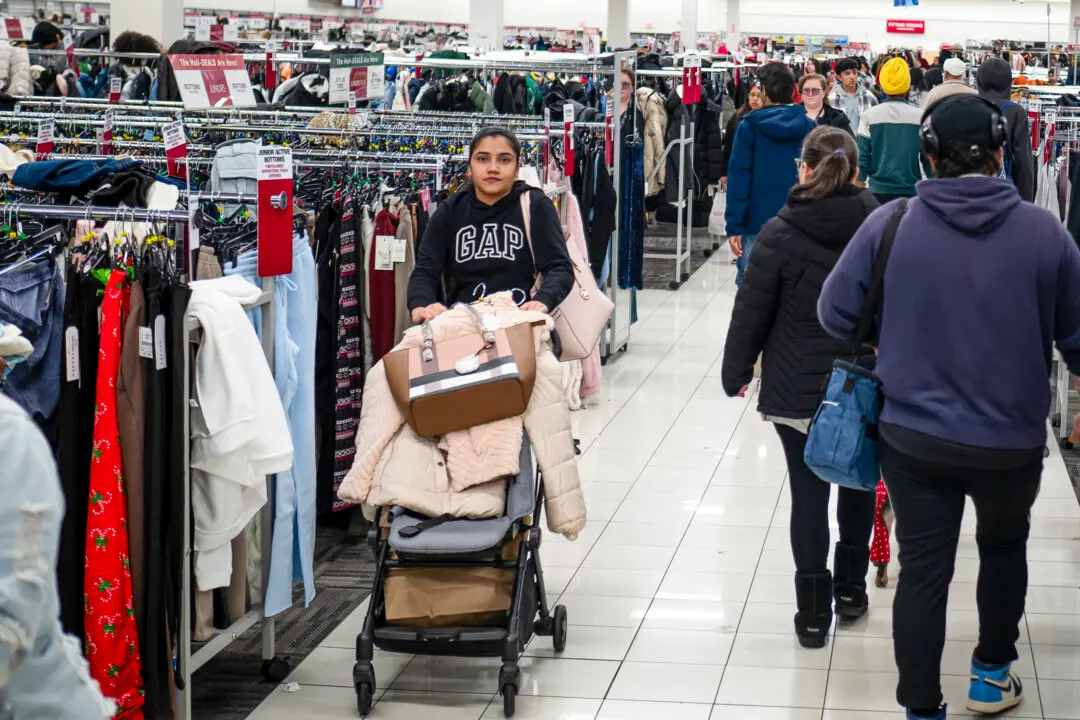(The Epoch Times)—Retailers are using private consumer behaviors—such as items left in online shopping carts or patterns of mouse movement on webpages—to customize prices for individual shoppers, according to preliminary findings from the Federal Trade Commission’s (FTC’s) study into “surveillance pricing.”
Preliminary findings from the study, released on Jan. 17, reveal that retailers rely on a wide range of personal data, including location, browsing history, and demographics, to tailor prices. The FTC said these practices raise concerns about transparency and fairness in the marketplace.
“Retailers frequently use people’s personal information to set targeted, tailored prices for goods and services—from a person’s location and demographics, down to their mouse movements on a webpage,” FTC Chair Lina Khan said in a statement. “Americans deserve to know how their private data is being used to set the prices they pay and whether firms are charging different people different prices for the same good or service.”
Khan said that the findings are preliminary and the agency would continue its investigation. As part of the ongoing probe, the FTC issued a request for public comment on consumers’ experiences with surveillance pricing.
The initial findings are based on a July 2024 FTC order compelling eight companies—including Mastercard, JPMorgan Chase, and Accenture—to provide documents shedding light on how retailers implement surveillance pricing tools. At the time, the FTC said the orders were aimed at helping the agency gain a better understanding of the “opaque” market for products by third-party intermediaries that use personal consumer information—along with advanced algorithms and artificial intelligence—to set individualized prices for customers.
The preliminary staff report outlines how retailers track online behaviors, such as abandoned shopping carts, frequency of visits, and mouse movements, to create consumer profiles. These insights are combined with external data, like location and social media activity, to adjust prices dynamically. While the report acknowledges potential benefits, such as discounts for price-sensitive shoppers, it warns of risks to vulnerable groups, such as by encouraging impulse buying at higher prices during critical times such as during floods.
“These tools could also potentially be used to collect behavioral details that a retailer could use to forecast a customer’s state of mind, like using a shopper’s selection of ‘fast-delivery’ shipping on an order of infant formula to infer that a shopper could be a rushed parent who may be less price sensitive,” the report states.
The report notes that the findings are not exhaustive, with “much more work to do and share.” The agency plans to release further findings later this year after anonymizing sensitive data to protect trade secrets.
“It does so in order to issue another press release just before President Trump takes office,” the dissent states. “Slowly dripping out information obtained during the Section 6(b) process, rather than carefully studying the material produced and issuing a comprehensive final report, does not serve the public interest.”
Ferguson and Holyoak expressed confidence that the study—once completed—will contribute to the public’s discussion of important issues and have the potential to inform federal legislation. However, they argued that releasing early staff impressions rather than robust factual findings risks undermining public confidence in the FTC’s investigations.
“The Commission should allow staff to do its work and issue a final, fact-based report, rather than rush to meet a nakedly political deadline to present something, anything, to the public,” the dissent states.


